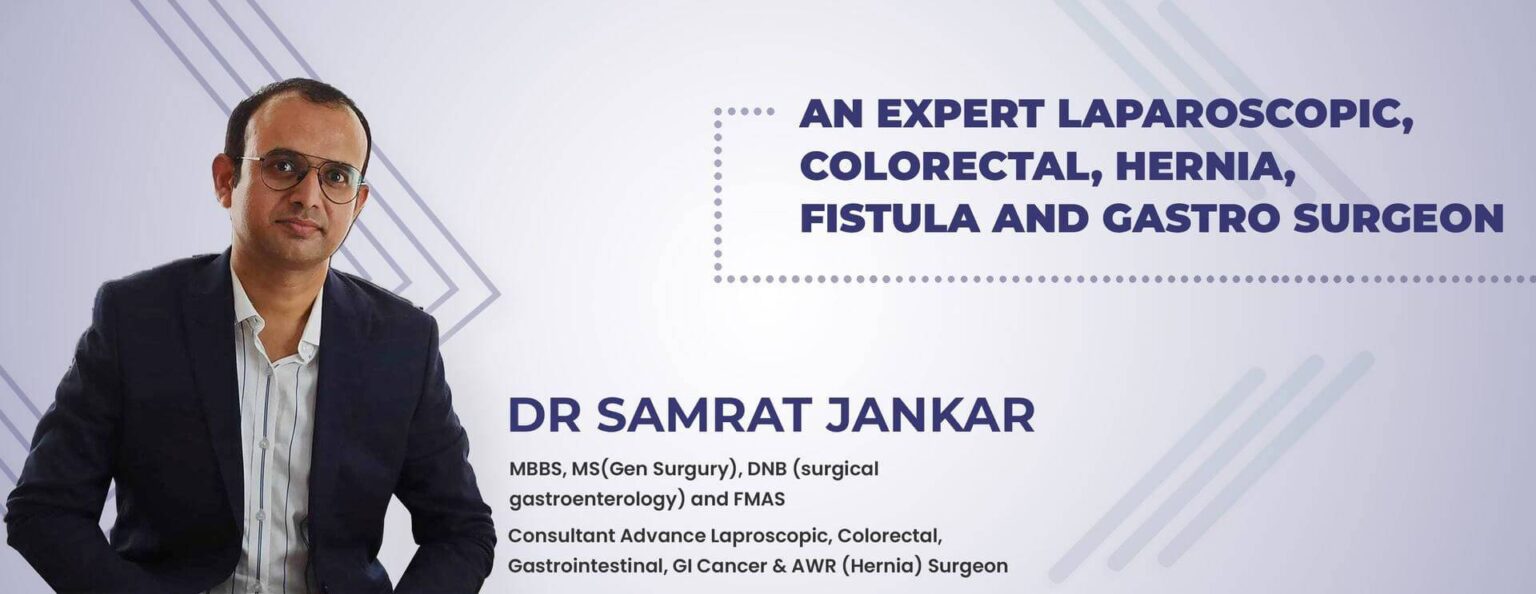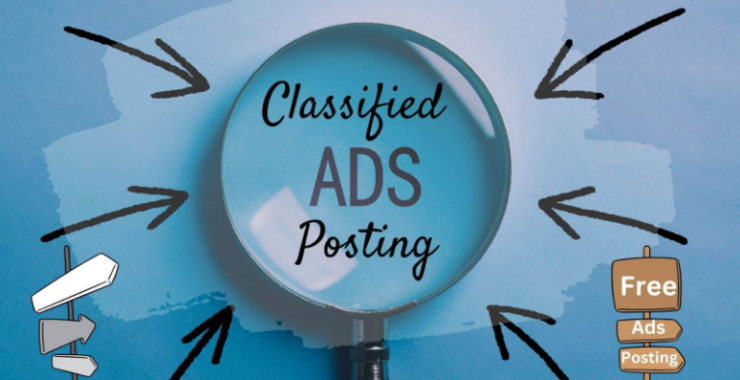Best Achalasia-Cardia Treatment In Pune | Dr. Samrat Jankar
Achalasia-Cardia Treatment In Pune
The “Achalasia-Cardia” is a very rare disease but the number of Achalasia-Cardia patients is increasing day by day. In achalasia, “A” stands for “no,” and “Chalasia” directs to the relaxation of the lower esophageal sphincter (LES). Achalasia, also known as achalasia-cardia or esophageal achalasia, is a condition in which the esophagus the tube that carries food from the mouth to the stomach is unable to move the food into the gut. The lower esophageal sphincter (LES) is a ring of muscle fibers that surrounds the lower end of the esophagus where it joins the stomach. The LES acts like a valve between the esophagus and stomach, preventing the backflow of food. In people with achalasia, the LES fails to relax during swallowing, resulting in the food moving back up into the esophagus.
In the last year, Kaizen Gastro Care experts treated more than 100 patients who were suffering from Achalasia-Cardia. This is the big number of average patients with Achalasia-Cardia disease. Kaizen Gastro Care” offers advanced comprehensive treatment & Management of the Achalasia-Cardia condition. What’s special at kaizen gastro care is both Dr. Vikrant Kale (Expert in endoscopy) and Dr. Samrat Jankar (expert in laparoscopy) work under one roof, very less likely biased for a particular procedure. Kaizen gastro care is the finest center for Achalasia cardia treatment in Pune.
On this Page, Dr. Vikrant Kale and Dr. Samrat Jankar shared information here about the Achalasia-Cardia condition, why they develop, the problems they can cause, and treatment options.
Know more about Achalasia Cardia from Experts:
What is achalasia-cardia?
When you swallow the food you chew, it travels from your mouth through a muscular tube (esophagus) to your stomach. The LES (lower esophageal sphincter) is a ring of muscle that connects your esophagus to your stomach.
This muscle relaxes and opens to let food into your stomach and then tightens and closes to keep the stomach contents from backing up into your esophagus.
Achalasia Cardia is a rare disorder where there is the absence of relaxation of the lower oesophageal sphincter leads to difficulty in swallowing food, even liquids in the later stage of the disease. Achalasia symptoms develop slowly, with symptoms lasting for months or years.
Kaizen Gastro Care experts say that this is sometimes mistaken for GERD (gastroesophageal reflux disease). However, the food in achalasia comes from your esophagus, whereas the stuff in GERD comes from your stomach. Dr. Samrat Jankar is an acclaimed surgical gastroenterologist in Pune who is highly respected and trusted for providing one of the best achalasia-cardia treatment in Pune.
Who can get achalasia-cardia?
Achalasia-cardia has no known origin; however, it could be caused by injury to the nerves that assist the functioning of your throat, esophagus, stomach, and other sections of your digestive system.
What damages these nerves and impacts their ability to function is unknown, but heredity, autoimmune illness, and even infections have all been suggested possibilities.
Achalasia affects roughly 1 out of every 100,000 persons globally each year. It is most typically detected in adults in the age group of 25 – 60, but it can also affect youngsters (fewer than 5 % of cases are seen in children below 16).
The eminent laparoscopic surgeon, Dr. Samrat Jankar, who is known for providing reliable and effective achalasia-cardia treatment in Pune, says that no ethnic or racial groups are more affected than others. It can affect both men and women equally.
The disease does not pass down in families (except maybe in a rare type of disorder). When heredity is thought to be a cause in the very rare types of this illness, people born biologically as a male have twice the chance of being affected than people born as a female.
People that have the following qualities are also more susceptible:
- identical twins
- first-degree relatives (parent, sibling, or child) with genetic disorders like Parkinson’s disease and Down syndrome
Other possible links to the development of this condition include things like:
- Anorexia – a severe psychological eating disorder that makes a person restrict food intake to maintain a dangerously low weight
- Lymphoma – cancer that starts in your immune system cells
- Chagas disease – is caused by a parasite that is transmitted by Triatominae bugs that are only found in Central and South America and Mexico
- Neurodegenerative disorders – caused by damage to your nervous system and cells
- Spinal cord injuries – damage to your spinal column’s ligaments, vertebrae, discs, or the spinal cord itself
- Stomach or gastric cancers – when cancer cells grow uncontrollably in your stomach
If you or a loved one wants to avail one of the best achalasia-cardia treatment in Pune, please visit the highly-experienced gastroenterologist Dr. Samrat Jankar.
What are the symptoms of achalasia-cardia?
Achalasia-cardia is mainly characterized by difficulty in swallowing. The muscle aperture (opening) that connects your throat and stomach does not open and close as it should. Due to this, food gets trapped in your esophagus and finally passes back up into your mouth.
Not only can trouble swallowing create nutritional deficiencies, but it can also induce a variety of additional symptoms, including:
- Difficulty in swallowing food or even water
- The sensation of food stuck up in the chest
- Regurgitation of undigested food
- Gradual weight loss.
- Some may face pneumonia and
- You can also face vomiting.
- Noncardiac chest pain
If you are experiencing any of these symptoms, it is important to consult with Achalasia Cardia Specialist in Pune for an evaluation. Early diagnosis and treatment of achalasia-cardia can help prevent complications and improve your quality of life.
Is achalasia-cardia a severe disorder?
Yes, achalasia-cardia can be highly problematic, mainly if left untreated.
Achalasia can result in significant weight loss as well as malnutrition. If you have achalasia, you will find it increasingly difficult to eat solid foods and drink liquids. Achalasia patients have a slightly higher risk of esophageal cancer, especially if they have had the illness for a long time.
Regular esophageal screenings may be recommended by your healthcare professional to detect cancer early if it develops.
If you are diagnosed with this condition, you must get achalasia-cardia treatment for a disorder of the esophagus.
Please do not hesitate to get in touch with the famous Dr. Samrat Jankar for a safe and effective achalasia-cardia treatment in Pune.
How to diagnose Achalasia-Cardia?
Achalasia can occasionally be misdiagnosed in its earlier stages, as its signs can be like other digestive diseases. The initial tests for patients complaining of swallowing difficulties usually include an endoscopy and barium study. When you came to Kaizen Gastro Care, Wakad for the above-mentioned symptoms then our experts Dr. Vikrant Kale and Dr. Samart Jankar recommend some of the tests for confirmation about the Achalasia-Cardia disease such as:
- Esophageal manometry: This test can verify the diagnosis of achalasia. At Kaizen Gastro Care, Dr. Rupali Bandgar, a specialist gastro physiologist, performs Esophageal High-resolution Manometry, in which a thin probe is passed through the esophagus to estimate the peristalsis and lower esophageal sphincter relaxation during swallowing. Kaizen Gastro Care is a well-known center for esophageal manometry, where Dr. Rupali Bandgar not only verifies the diagnosis of achalasia cardia but also analyzes the kind of achalasia, which is vital in determining the treatment plan.
- Barium study: A barium swallow is another useful investigation, during which you swallow a solution including barium. X-rays are then taken to ensure the non-relaxation of the achalasia cardia.
- Upper endoscopy: This test can help rule out malignant lesions and assess for achalasia. Dr. Vikrant Kale at Kaizen Gastro Care will insert a thin, flexible tube equipped with a light and camera (endoscope) down your throat to examine the inside of your esophagus and abdomen. Endoscopy can also be used to identify any partial blockage of the esophagus if your signs or barium study results indicate that possibility.
Best Achalasia-Cardia Treatment in Pune:
In Kaizen Gastro Care, the team of adequate gastroenterologist in PCMC, Pune, including Dr. Vikrant Kale, a well-known endoscopic surgeon for POEM procedure, and Dr. Samart Jankar, an expert laparoscopic surgeon for laparoscopic Heller’s cardiomyotomy, plan patient-centric treatment for achalasia. The treatment plan brings into consideration various factors such as age, health needs, type of achalasia, and rigor of the disease, ensuring that it is tailored to each patient for the most adequate results.
The core principle of achalasia cardia treatment :
The core principle of achalasia-cardia treatment is to improve the function of the lower esophageal sphincter (LES), which is the muscle that controls the flow of food and liquid from the esophagus to the stomach. The LES can evolve stiff and fail to relax properly in individuals with achalasia-cardia, which can lead to problem swallowing and other signs.
The treatment goal is to ease the pressure in the LES and improve its ability to open and close. This can be achieved through a variety of non-surgical and surgical interventions.
Nonsurgical Treatment Options for Achalasia Cardia:
Kaizen Gastro Care is a medical center in Pune, India that specializes in the diagnosis and treatment of gastrointestinal disorders, including achalasia-cardia. The center offers several non-surgical treatment options for achalasia-cardia, including:
Medications:
Medications can be used to relax the LES and improve its function. Medications such as muscle relaxants and nifedipine or isosorbide are sometimes used to treat achalasia-cardia symptoms. Changes in the texture and thickness of foods and liquids may also be beneficial. Botulinum toxin injections via an endoscope tube are also an option. This treatment is typically reserved for those who cannot endure surgery or have a poor prognosis.
Balloon dilatation of Achalasia:
This procedure involves inserting a balloon into the LES and inflating it to stretch the muscle and improve its function. Now a day this method is absolute, hardly a few doctors perform this method as its need multiple setting for relief of signs and has a higher risk of difficulties such as esophageal perforation.
Botulinum Toxin (Botox) Injection:
In this method, botulinum toxin is injected directly into the LES muscle, which helps to relax the muscle and improve swallowing.
Injection of botulinum toxin into muscles causes temporary paralysis of the specific muscle, which lasts for months to over one year. It’s a temporary treatment, associated with its own set of complications so this treatment is typically reserved for those who cannot undergo surgery or have a poor prognosis or have a short life span.
Surgical treatment options for achalasia cardia:
Surgical treatment may be essential for some individuals with achalasia-cardia if other treatments have not been effective in managing their signs. Surgery is considered a more effective treatment for achalasia cardia with favorable long-term results. During surgery, the muscles of the lower esophageal sphincter (LES) valve are systematically separated under direct visualization to keep the valve open, allowing for better passage of food and fluids through the esophagus. At Kaizen Gastro Care, surgical options for achalasia cardia may include laparoscopic myotomy (laparoscopic Heller’s cardiomyotomy), Fundoplication, and endoscopic surgery (POEM procedure).
Laparoscopic Heller myotomy (LHM):
This is the most common surgical procedure for achalasia-cardia. Dr. Samrat Jankar, a well-known Achalasia Cardia Surgeon in Pune, specializes in performing a Laparoscopic Heller myotomy (LHM) method to effectively treat Achalasia Cardia disease. Dr. Jankar makes a small cut to the muscle at the lower end of the esophageal sphincter, allowing food to pass more easily into the stomach. This is done using minimally invasive keyhole surgery (Laparoscopic Heller Myotomy) which decreases the risks and promotes faster recovery.
Preoral endoscopic myotomy (POEM):
Peroral endoscopic myotomy (POEM) is a minimally invasive surgical process used to treat achalasia-cardia. It involves making tiny incisions in the lining of the esophagus and using an endoscope to cut the muscles of the lower esophageal sphincter (LES). The process is typically performed under general anesthesia.
During the procedure, the endoscope is inserted through the mouth and into the esophagus. The surgeon uses a small knife or scissors to make a tiny incision in the lining of the esophagus and then uses the endoscope to cut the muscles of the LES. The purpose is to create a larger opening in the LES to allow food and liquid to pass more smoothly from the esophagus to the gut.
Fundoplication:
To control future problems with gastroesophageal reflux disease (GERD), Dr. Samrat Jankar also performs a procedure called fundoplication at the same time as the Heller myotomy. This method involves wrapping the upper part of the abdomen around the lower esophagus to make a new valve that prevents stomach acid from flowing back up into the esophagus. This can help to improve symptoms and prevent complications such as gastroesophageal reflux disease (GERD). Fundoplication is normally performed using minimally invasive laparoscopic methods, which further enhances patient recovery and reduces postoperative distress.
Postoperative Care after Achalasia Cardia surgery.
Postoperative care after achalasia-cardia surgery will depend on the specific type of surgery performed, as well as the unique needs of the patient. However, some general guidelines for postoperative care may include:
- Pain management: Patients may experience some pain or discomfort after surgery. Your surgeon may prescribe pain medicine or recommend over-the-counter pain relievers to help control any discomfort.
- Diet and Nutrition: After surgery, a liquid diet may be suggested for the first few days, followed by a soft food diet. The surgeon will provide specific instructions regarding diet and when solid foods can be reintroduced.
- Activity: It is important to rest and restrict activity for the first few days after surgery. Patients should gradually improve activity levels as directed by their healthcare provider.
- Wound care: Patients will need to keep the surgical incision site clean and dry. Your surgeon will provide specific instructions for wound care.
- Follow-up appointments: Patients will need to schedule follow-up appointments with their surgeon to monitor their recovery and confirm that the surgical site is healing properly.
- Complication prevention: It is important to be aware of possible complications such as bleeding, infection, or difficulty swallowing, and to seek medical attention if any of these signs occur.
How much does the achalasia-cardia treatment cost in Pune?
The cost of achalasia-cardia treatment in Pune ranges from Rs. 1,25,000 to Rs. 3,00,000 (Rupees one lakh twenty-five thousand to Rupees three lakh). The cost of achalasia-cardia treatment in India varies based on the private facilities in each city.
Several factors determine the cost: the patient’s condition, the room chosen for the hospital stay, corporate schemes like EHS (Employees’ Health Scheme), CGHS (Central Government Health Scheme, Employees’ State Insurance, or cashless medical insurance coverage.
However, the cost of achalasia-cardia surgery and total medical stay in Pune is only about a quarter of what you would pay in a Western country.
Why choose us?
- Experienced gastroenterologist: Dr. Vikrant Kale and Dr. Samart Jankar has extensively experienced gastroenterologist and Gastro-intestinal surgeon in the Pune and PCMC area who provides the best care for all gastric and esophageal diseases.
- Advanced diagnosis and treatment: Kaizen Gastro Care provides a full spectrum of diagnostic tests and innovative treatments, many of which are not offered by other esophageal specialty clinics in Pune.
- Location: Kaizen Gastro Care Clinic is located at the Pune and PCMC Prime location i.e. Wakad Area. This is the central location of Pune City. The patient can easily come with all public transport.
- Leading-edge technology: Including endoscopes and probes that use the latest imaging software to help aid in the diagnosis and treatment of achalasia.
- A Dedicated Esophageal Center: Seeking care at a reliable esophageal center means you will benefit from a team of experts who specialize in esophageal disorders and motility diseases like achalasia. We expedite your diagnostic testing essentials and work together to ensure you receive the best treatment for your kind of achalasia.
- Minimally invasive techniques: Kaizen Experts Dr. Samrat Jankar use minimally invasive techniques for diagnosing and treating achalasia to help manage and prevent your signs.
- Advanced Technology: The center is equipped with state-of-the-art facilities and cutting-edge technology to provide the latest and most effective treatment choices for Achalasia Cardia.
- Patient Testimonials: The center has obtained positive feedback and testimonials from satisfied patients who have experienced treatment for Achalasia Cardia at Kaizen Gastro Care






